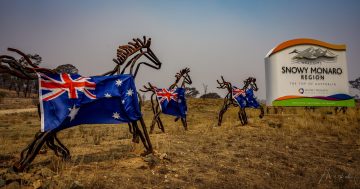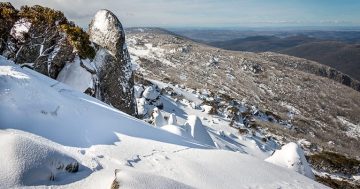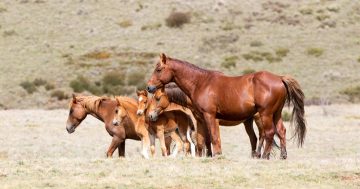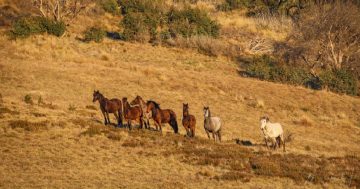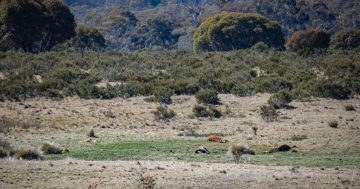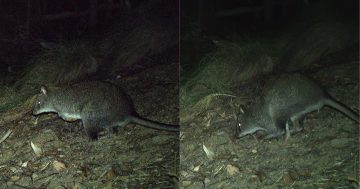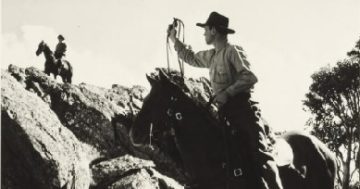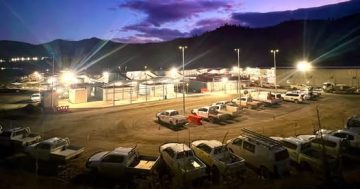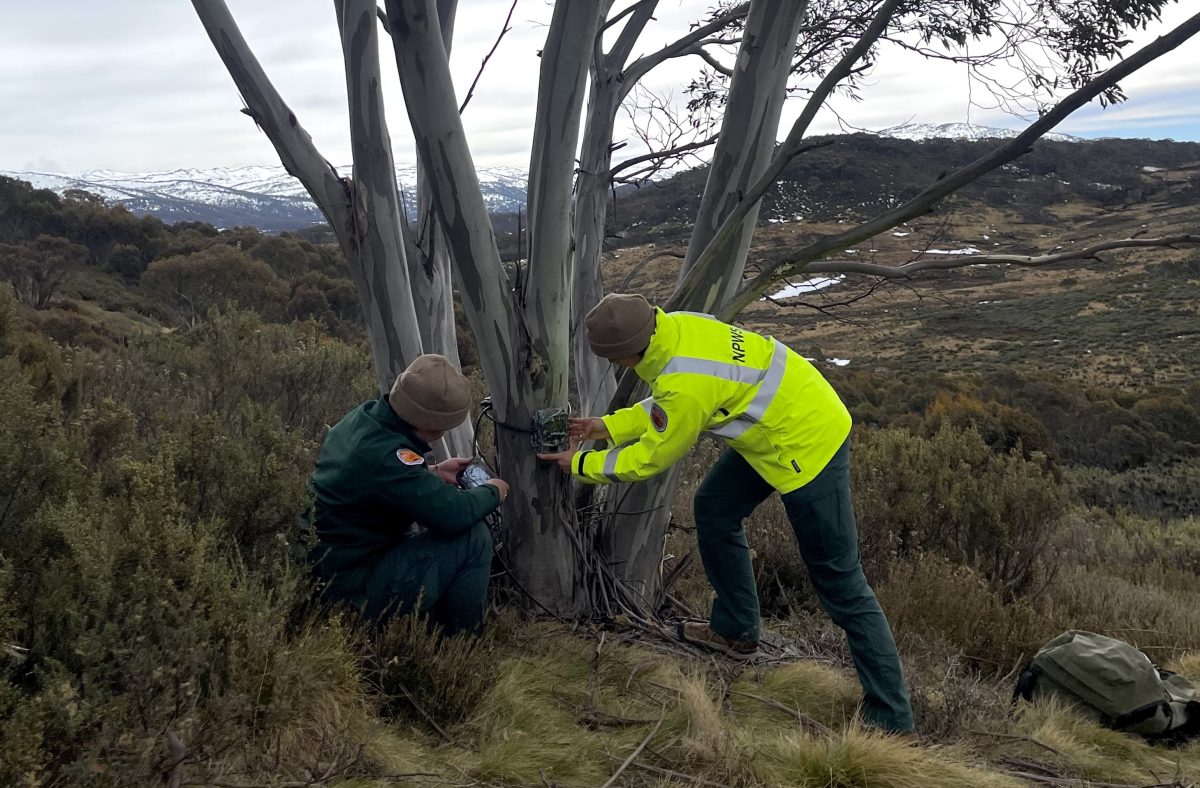
NSW National Parks and Wildlife Service workers were deployed into Kosciuszko National Park to install state-of-the-art monitoring devices ahead of the survey. Photo: NSW NPWS.
The overall health of Kosciuszko National Park (KNP) has been put under the microscope for the first time, revealing both positive and concerning insights into its health and long-term viability.
Using an EcoHealth Scorecard, which is being applied to eight of the state’s national parks sites over the next five years, the detailed assessment by the NSW National Parks and Wildlife Service (NPWS) has been dubbed the largest systematic ecological monitoring program in its history.
According to NPWS Deputy Secretary Atticus Fleming, the scorecard gives the NPWS a first comprehensive report on how the park is faring, based on a wealth of new monitoring data.
In KNP alone, the biological survey work used data from 100 permanent monitoring sites equipped with state-of-the-art cameras and acoustic devices.
In all, half a million animal images, nearly 4000 plant records and 1225 bird records were recorded for use during surveys undertaken in the 2022/23 financial year.
And it appears, despite its challenges, KNP remains a refuge for many of Australia’s most threatened species.
Among the key findings:
- Mammals: Populations of the mountain pygmy possum, eastern false pipistrelle, and spotted-tailed quoll appear stable. However, more data is needed to assess species like the broad-toothed rat and smoky mouse.
- Birds: The park supports 28 threatened bird species, including the powerful owl and gang-gang cockatoo.
- Amphibians: While populations of the southern corroboree frog, alpine tree frog, and Booroolong frog seem stable, the spotted tree frog has shown promising increases thanks to targeted conservation programs.
- Flora: Over 1100 plant species thrive in Kosciuszko, representing about five per cent of Australia’s total plant diversity. Surveys at monitoring sites identified 501 native species.
Despite these successes, the scorecard revealed significant challenges:
- Feral Animals: Eleven invasive species, including horses, feral cats, deer, and foxes, impact the park’s ecosystems. Cameras detected feral cats at 40 per cent of monitoring sites.
- Weeds: Fifty-five weed species – including blackberry, mouse-ear hawkweed, orange hawkweed (Pilosella aurantiaca), ox-eye daisy and scotch broom (Cytisus scoparius) – were recorded, with their prevalence often linked to human activity and disturbances caused by feral animals.
- Climate Change and Fire: Iconic species like the Guthega skink face risks from rising temperatures. Meanwhile, extensive bushfires over the past two decades have reduced old-growth vegetation and affected fire-sensitive species such as the alpine ash.
- Historical Losses: Since European settlement, the park has lost an estimated eight mammal species and 39 bird species, equating to 14 and 16 per cent of the original fauna, respectively.
One of the most contentious issues facing KNP is the impact of wild horses, or brumbies, which form the largest population in any NSW national park.
Scientific reports have suggested horse grazing and trampling damage sensitive ecosystems, including bogs and fens, which are critical habitats for threatened species like the broad-toothed rat, and contributed to water quality issues, with turbidity levels failing to meet ecological standards in many areas.
According to the EcoHealth Scorecard, efforts to address this challenge are already underway with the NPWS removing 7285 horses and more than 1800 other feral animals, including deer, pigs, cats, foxes, and rabbits in the 2023/24 financial year.
Mr Fleming has also confirmed efforts by the NPWS in ramping up weed management, treating 12,008 hectares of land for weeds in 2023/24.
Fire management strategies have also been adjusted and tailored to protect critical habitats, he said.
Kosciuszko’s next scorecard, scheduled for release in 2025/26, will include targeted surveys for koalas, yellow-bellied gliders, and several threatened plants.
It follows the release of the first EcoHealth Scorecard for Australia’s Royal National Park in July 2024.







